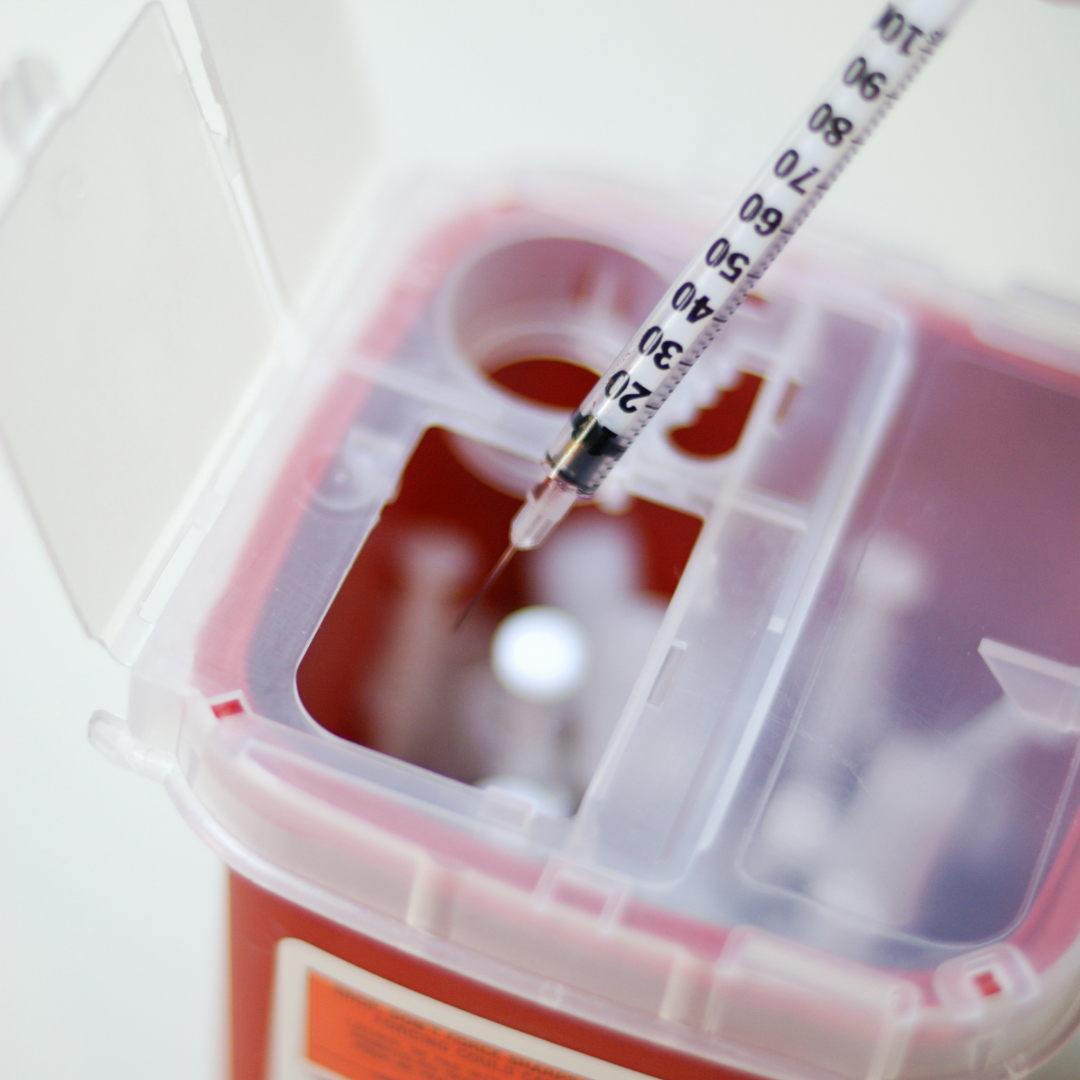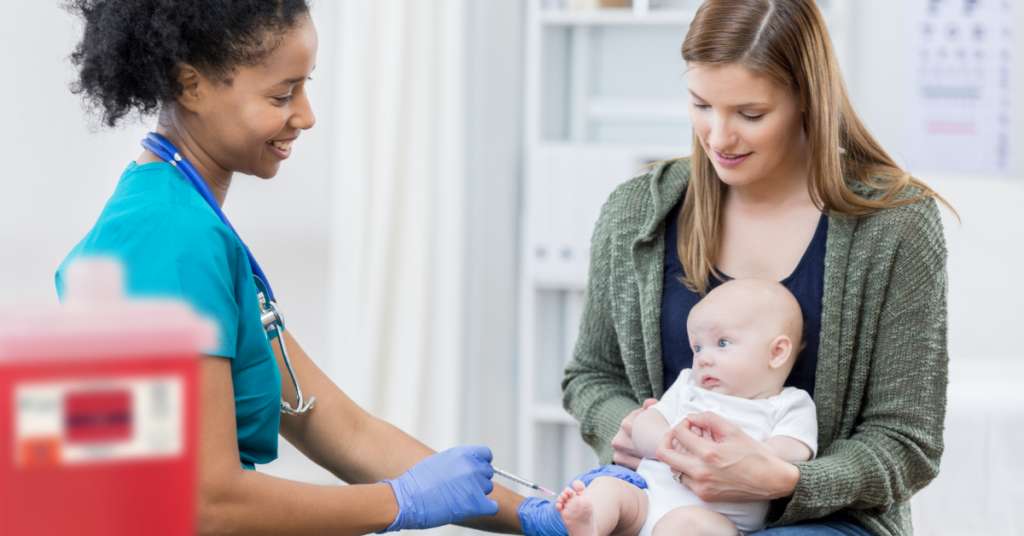In the ever-evolving landscape of healthcare, ensuring the safety of medical professionals and patients is a top priority. One of the most effective ways to achieve this is through the use of engineering controls—devices designed to block or eliminate sharp risks associated with medical procedures. These controls are vital in preventing injuries from sharps, such as needles and other medical instruments, which can lead to serious infections like HIV and hepatitis.
Engineering controls are not just about reducing risk; they are about creating a safer environment for everyone involved in healthcare. Among the most commonly used engineering controls are self-sheathing needles and sharps disposal containers. These devices have become essential tools in the fight against needlestick injuries and other sharp-related hazards.

What Are Engineering Controls?
Engineering controls are physical changes made to the workplace or equipment to reduce or eliminate exposure to hazards. In the context of healthcare, these controls are specifically designed to protect workers from bloodborne pathogens and other infectious diseases that can be transmitted through contact with contaminated sharps.
According to the Occupational Safety and Health Administration (OSHA), engineering controls include “sharps disposal containers, self-sheathing needles, safer medical devices such as sharps with engineered injury protections, and needleless systems.” These devices are meant to isolate or remove the hazard from the work environment, thereby minimizing the risk of injury.
Self-Sheathing Needles: A Safer Alternative
Self-sheathing needles are one of the most significant advancements in healthcare safety. These needles are designed to automatically retract or cover themselves after use, eliminating the need for manual recapping, which is a common cause of needlestick injuries.
The process of using a self-sheathing needle is straightforward. After administering medication or drawing blood, the needle retracts into the syringe, making it impossible for the user to accidentally stick themselves. This feature significantly reduces the risk of exposure to bloodborne pathogens, especially in high-stress environments where healthcare workers may be rushed or distracted.

Sharps Disposal Containers: Ensuring Safe Disposal
Another critical component of engineering controls is the use of sharps disposal containers. These containers are specifically designed to safely dispose of used needles and other sharps, preventing accidental injuries and the spread of infectious diseases.
Sharps disposal containers are typically made from rigid, puncture-resistant materials and feature a tight-fitting lid to prevent access. They are also labeled with biohazard symbols to alert others to the danger inside. The containers are marked with a line indicating when they are about three-fourths full, at which point they should be sealed and disposed of according to local regulations.
The Importance of Engineering Controls in Healthcare
The implementation of engineering controls has had a profound impact on healthcare safety. By reducing the risk of needlestick injuries, these devices help protect both healthcare workers and patients. According to the Centers for Disease Control and Prevention (CDC), approximately 385,000 needlestick injuries occur annually among healthcare workers in the United States. The use of engineering controls can significantly reduce this number.
Moreover, the cost of treating a needlestick injury can be substantial, including medical care, follow-up testing, and lost productivity. Investing in engineering controls can ultimately save money by preventing these incidents in the first place.
Challenges and Considerations
While the benefits of engineering controls are clear, there are also challenges to their implementation. Cost is often a concern, as some of these devices can be more expensive than traditional alternatives. However, as mentioned earlier, the long-term savings from preventing injuries and subsequent medical costs often outweigh the initial investment.
Another challenge is resistance to change. Some healthcare workers may be hesitant to adopt new technologies, especially if they are accustomed to older methods. It is crucial to involve staff in the decision-making process and provide adequate training to ensure that these devices are used correctly and consistently.

Conclusion
Engineering controls such as self-sheathing needles and sharps disposal containers play a vital role in enhancing healthcare safety. These devices not only protect healthcare workers from potential injuries but also contribute to a safer environment for patients. As the healthcare industry continues to evolve, the adoption of these engineering controls will remain a critical component of any comprehensive safety strategy.
By prioritizing the use of engineering controls, healthcare facilities can significantly reduce the risk of needlestick injuries and other sharp-related hazards, ultimately improving the well-being of both workers and patients.
Author Section
Author: [Nama Lengkap]
Title/Role: [Jabatan atau keahlian]
Credentials: [Ringkasan kualifikasi atau pengalaman terkait]
Profile Link: [Link profil, opsional]
Trust & Credibility
- Source 1: OSHA – Bloodborne Pathogens Standard
- Source 2: CDC – Sharps Disposal
- Source 3: FDA – Sharps Disposal Containers
Experience Element
Healthcare facilities across the country have reported a significant reduction in needlestick injuries following the implementation of engineering controls. For example, a study conducted by the American Nurses Association found that the use of self-sheathing needles reduced the incidence of needlestick injuries by over 50%.
Call to Action
Stay updated with the latest news and developments in healthcare safety. Explore today’s headlines and learn how engineering controls are shaping the future of medical practices.












More Stories
What Is Yodo Para Tiroides and How Does It Affect Thyroid Health?
How to Claim Your Joy in League of Legends: A Step-by-Step Guide
What is WSET? A Comprehensive Guide to Wine Education